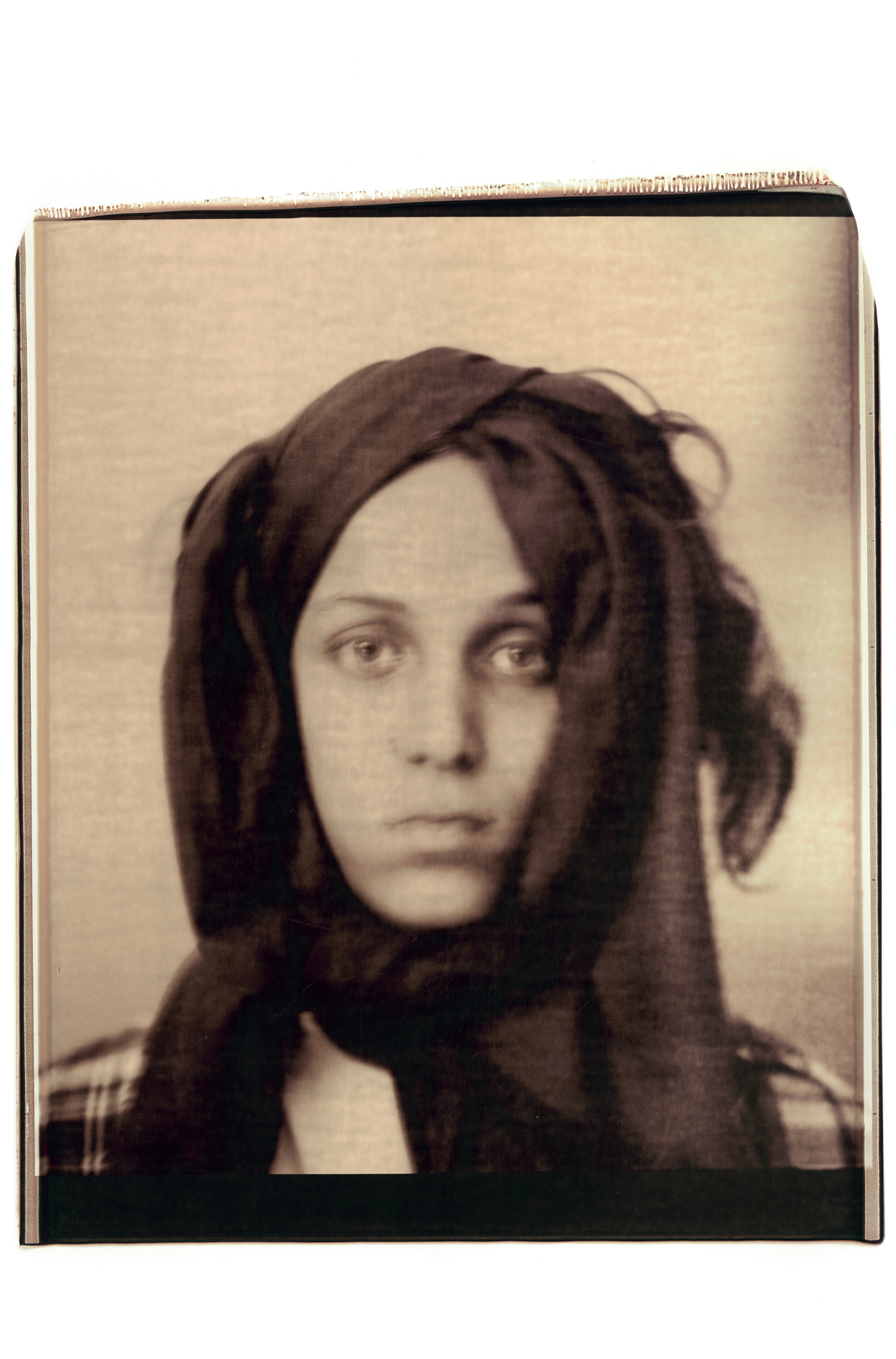The most impressive pictures are the probing self-portraits and the images of family and friends, including Mickey Rourke, Christopher Walken and Lou Reed, who allowed themselves to be snapped at intimate moments when they were visiting Schnabel or away doing something together. Polaroid photography is regarded as the purest form of photography; each photograph is unique and the print appears the moment the picture is taken. There is no possibility of retouching or improving the image in the darkroom or computer. The characteristic colours, shadows and nuances are unsurpassable by the digital technologies of today. In some cases, however, Schnabel has added to the image or painted over parts of it to give it extra impact; in the photograph of himself with Mickey Rourke, for example, he has painted himself all over in satanic red, making Rourke appear a wholesome hero by contrast. By using his photography to examine his own life, Schnabel raises fundamental, existential questions about life and death. Not only because some of the people portrayed, like his father and his friend Tucker Geery, have since died, but because a photo can resurrect a specific moment in the past. This is a key theme in Schnabel’s work; his art brings the past into the present and thereby denies the reality and inevitability of death. Another example of this is the series of Polaroids that Schnabel has taken of original late nineteenth-century photographs of mental patients. By re-photographing their images in this way, he transports the people into the twenty-first century.
The exhibition is curated by Petra Giloy-Hirtz and being held in cooperation with diCHromA Photography (Madrid) and Bernheimer Fine Art Photography (Munich). The exhibition is accompanied by a lavishly illustrated catalogue (Prestel, price € 39,95).
